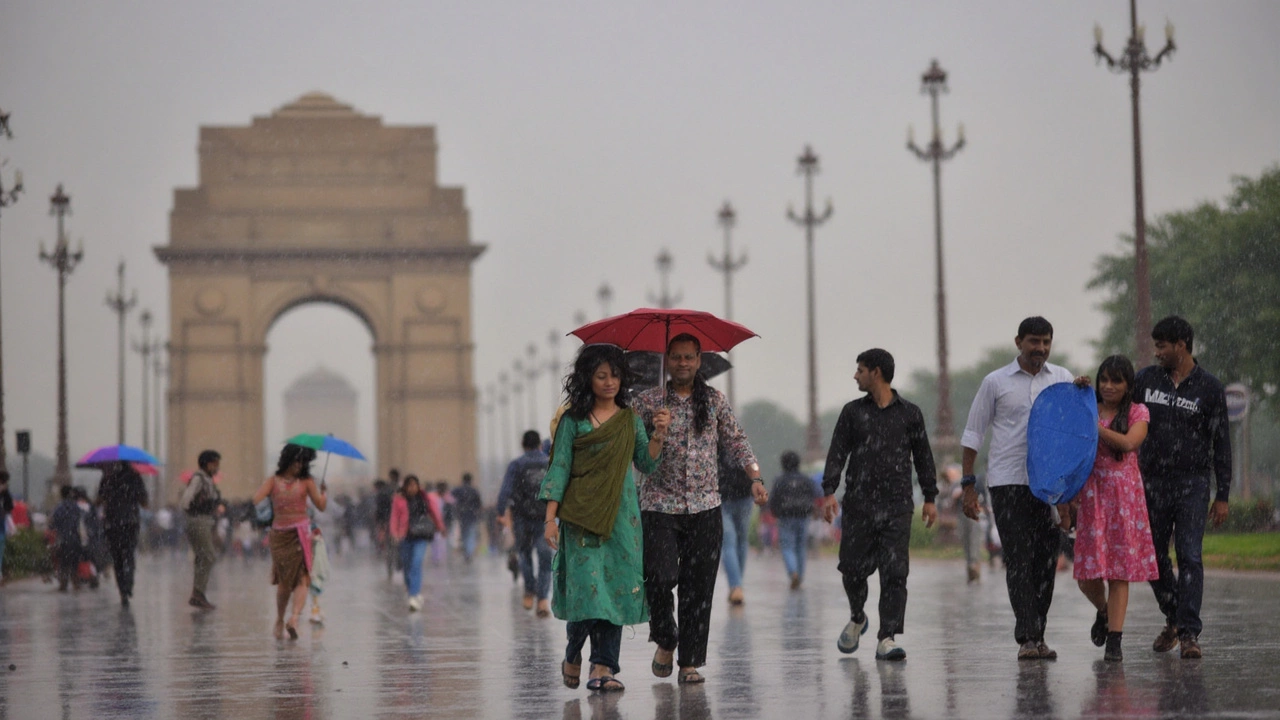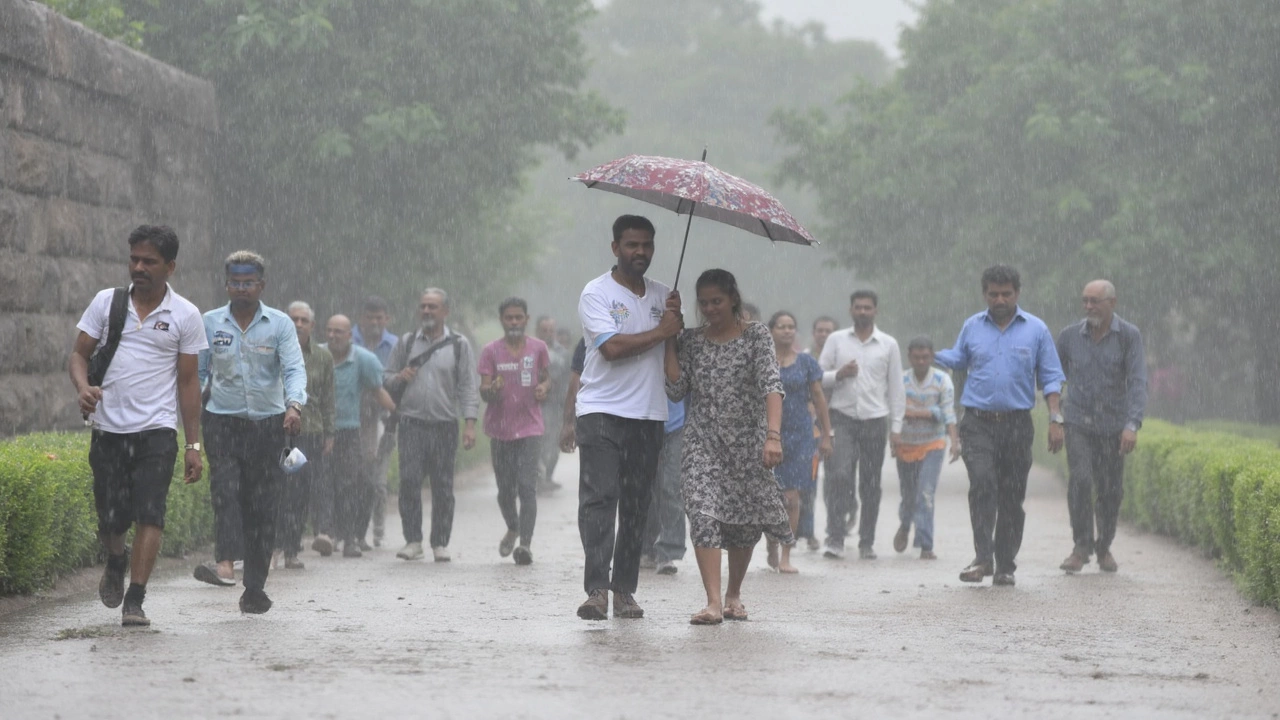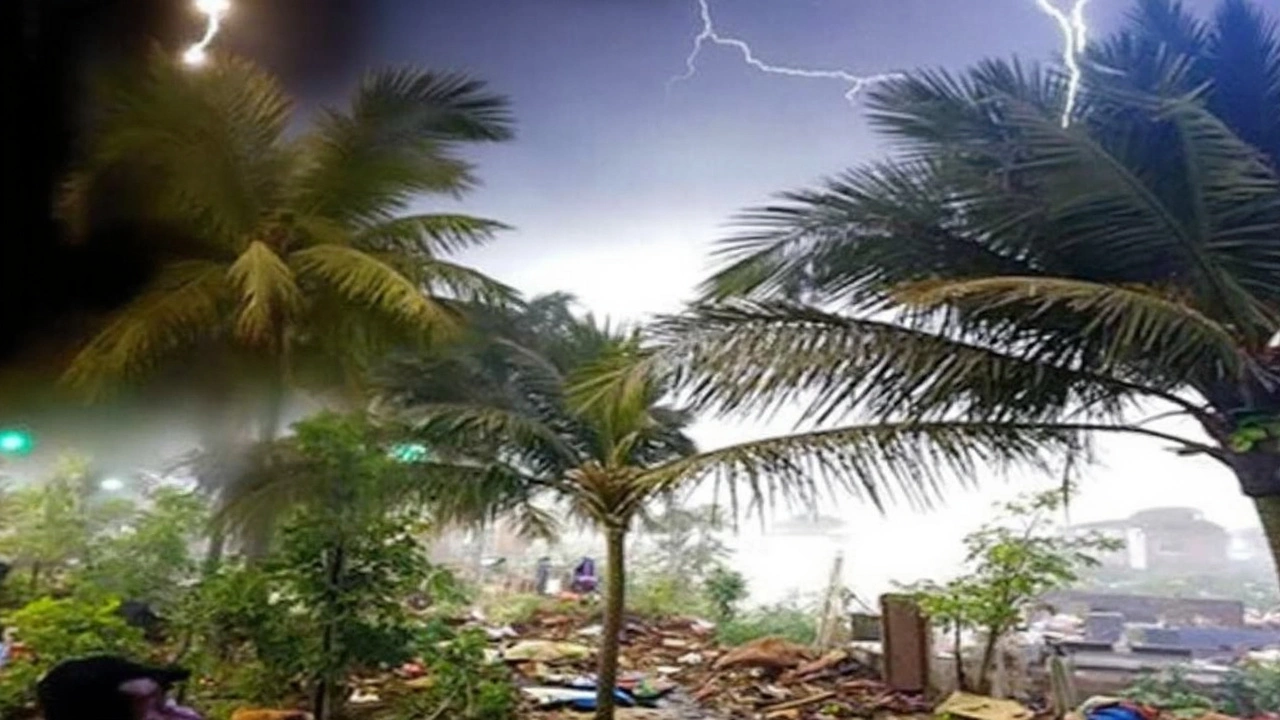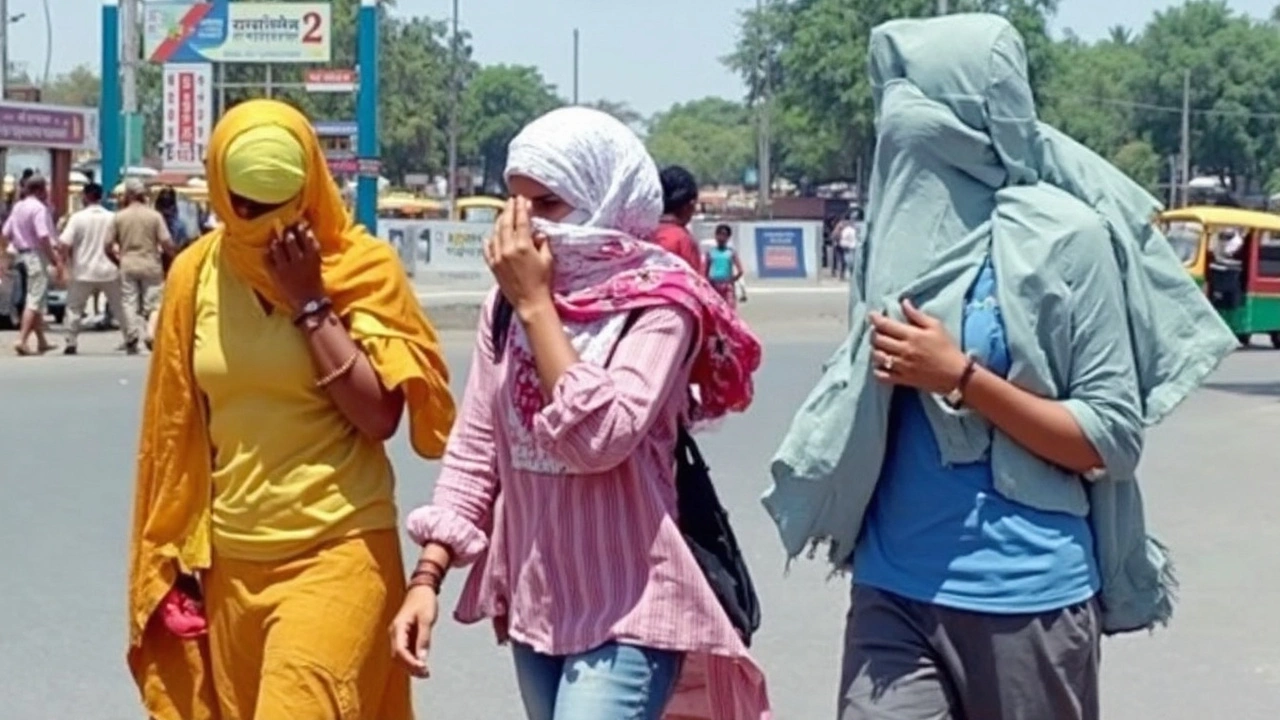Thunderstorms Updates – Your One‑Stop Spot for Rain Alerts and Safety Tips
If you live in North India or check the weather often, you know thunderstorm season can flip plans in a flash. From Delhi‑NCR orange alerts to sudden lightning in Bihar, the posts on this page bring the most useful info right to you. Below you’ll find quick takeaways on what’s happening now, how to stay safe, and where to watch for the next big downpour.
What’s Happening Right Now?
Delhi‑NCR is under a rain alert with an 87% chance of showers between 2 pm and 6 pm. Temperatures sit in the high 20s, and thunderstorms are likely. The same pattern is moving into Uttar Pradesh, Madhya Pradesh and Bihar, where orange alerts stay in force for several districts. In Kolkata, a depression over the Bay of Bengal is feeding heavy rain and water‑logging, especially in low‑lying neighborhoods.
Even big events feel the impact. The IPL 2025 opener at Eden Gardens got an orange alert, meaning thundersqualls, gusty winds and a small chance of hail could interrupt play. The match will continue as long as at least five overs per side can be bowled, but organizers are ready with covers and extra lighting.
How to Stay Safe During a Thunderstorm
First, keep an eye on the IMD updates. When an orange alert is announced, plan extra travel time and carry a sturdy umbrella. If you’re driving, slow down, avoid flooded roads and stay away from tree‑covered bridges – they’re a lightning magnet. Inside, unplug sensitive electronics and avoid using wired phones.
For lightning, the rule of thumb is “30‑30‑30”. If you see lightning, count to 30 seconds; if the flash is still visible after 30 seconds, stay inside for another 30 seconds. Outdoor workers should seek shelter in a concrete building or a metal‑roofed car. If you’re caught outside with no shelter, crouch low, keep your feet together, and don’t touch metal objects.
In cities like Delhi and Kolkata, water‑logging can trap vehicles. Keep a phone charger handy, and if you’re stuck, call local services for assistance. Wearing waterproof shoes and carrying a small dry bag for your wallet and phone can save a lot of hassle.
Lastly, remember that thunderstorm season can stretch for weeks. Keep a basic emergency kit: water, snacks, a flashlight, a first‑aid box, and a rain‑proof blanket. A prepared kit makes a sudden downpour less of a surprise.
By staying informed through the latest posts, watching IMD alerts, and following simple safety steps, you can navigate thunderstorm season without missing work, study or match day. Check back here for fresh updates, local alerts and practical tips whenever the clouds start to gather.
Delhi Weather Alert: Thunderstorms and Heavy Rainfall Set to Continue Until July 25
Delhi is bracing for more thunderstorms, lightning, and strong winds until July 25, 2025. Daytime highs can spike to 39.6°C, while heavy rain is forecast on at least 10 days. Humidity and winds remain high, making outdoor activities challenging for residents.
Delhi Weather Alert: Heavy Rains, Thunderstorms, and Travel Warnings for July 31
Delhi faces intense thunderstorms and heavy rains on July 31, 2025, with temperatures between 26.4°C and 31°C. IMD warns of waterlogging, slippery roads, and strong winds, urging residents to use rain gear and avoid flooded areas. Commuters are advised to stay indoors if possible.
UP Weather Alert: Severe Thunderstorms, Hailstorms Set to Strike 30 Districts from May 28, IMD Warns
Uttar Pradesh faces a tense week as IMD announces severe weather from May 28, with 30 districts bracing for thunderstorms, hailstorms, and fierce winds. East UP is on extra alert for May 29-30, while temperatures soar and risk of crop damage grows. Residents and farmers are urged to stay alert.
Cyclonic Disturbances Unleash Heavy Rain and Thunderstorms While Heatwaves Scorch Rajasthan and Gujarat
India is grappling with diverse and intense weather patterns as cyclonic systems bring heavy rainfall and thunderstorms to parts of the South and Northeast. Meanwhile, regions like Rajasthan and Gujarat are under heatwave alerts, witnessing soaring temperatures. Residents and farmers are advised to take preventive measures to combat these extreme conditions.








